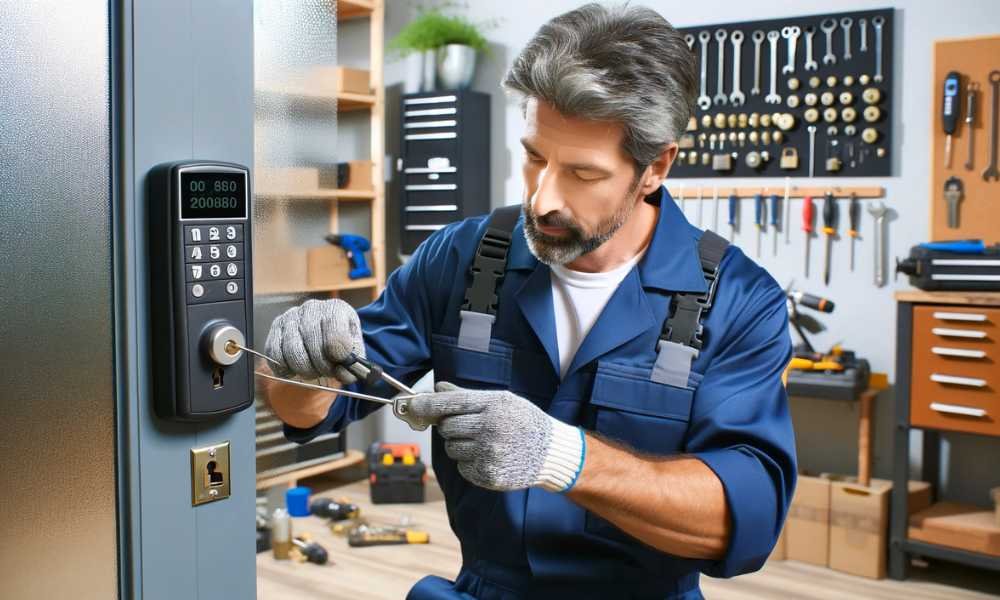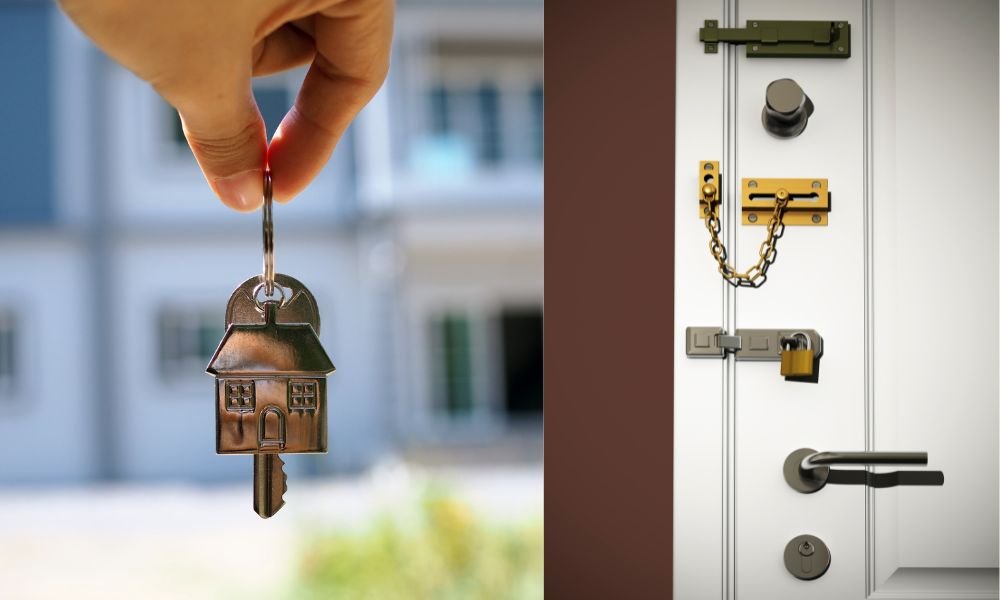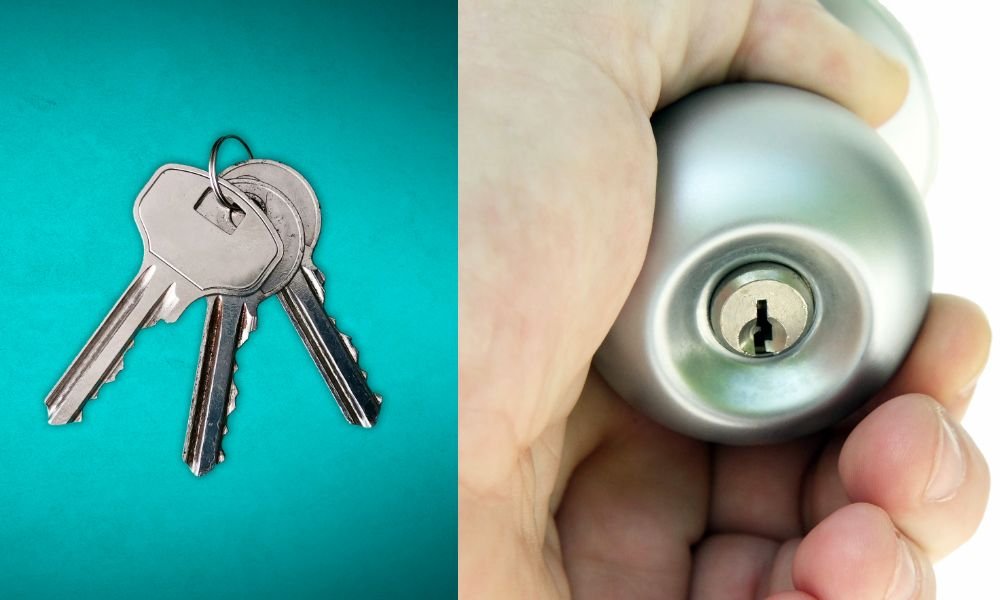Nowadays keypad door locks have become a popular choice for securing homes and businesses due to their convenience and enhanced security features. However, there are situations where you may need to break into a keypad door lock, such as being locked out of your property without access to the code, malfunctioning locks, or other emergencies. This guide will explore How to Break Into a Keypad Door Lock, emphasizing the importance of ethical considerations and legal constraints.
Understanding Keypad Door Locks
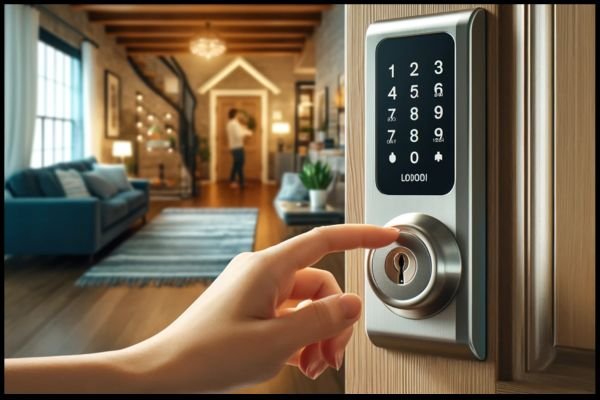
Before delving into the techniques for bypassing keypad door locks, it is essential to understand how these locks function. Keypad door locks use a combination of mechanical and electronic mechanisms. Typically, a user inputs a numerical code into a keypad to disengage the locking mechanism. Some locks may also incorporate additional features such as fingerprint scanners, card readers, or Bluetooth connectivity.
Types of Keypad Door Locks
- Mechanical Keypad Locks: These locks do not require batteries or an electrical power source. They operate purely on mechanical components, making them highly reliable but susceptible to mechanical bypass techniques.
- Electronic Keypad Locks: These locks are powered by batteries and offer advanced features such as remote control, biometric scanning, and programmable codes. They are generally more secure but can be vulnerable to electronic hacking methods.
- Smart Keypad Locks: Connected to smart home systems, these locks can be controlled via smartphones or other smart devices. They offer the highest level of convenience but can be compromised through cybersecurity vulnerabilities.
Legal and Ethical Considerations

Breaking this without proper authorization is illegal and punishable by law. This guide is intended for educational purposes, highlighting techniques that should only be used in legal scenarios, such as accessing your own property or with explicit permission from the property owner. Always ensure you are acting within the bounds of the law and ethical standards.
Methods to Break
1. Code Guessing and Default Codes
One of the simplest methods to access a keypad lock is by guessing the code. Many users do not change the default codes provided by manufacturers, making it easier to gain entry. Common default codes include sequences like 1234, 0000, or the last four digits of a phone number. If you know the user well, you might guess their code based on significant dates or numbers in their life.
Steps:
- Try default codes commonly set by the manufacturer.
- Attempt to guess the code based on personal information.
- Observe the keypad for worn-out buttons, which might indicate frequently used numbers.
2. Using Bypass Tools
For mechanical keypad locks, certain tools can be used to manipulate the lock mechanism directly. These tools are designed to exploit weaknesses in the mechanical components of the lock.
Tools Needed:
- Tension wrench
- Lock pick set
Steps:
- Insert the tension wrench into the keyhole and apply gentle pressure.
- Use the lock pick to manipulate the internal pins or levers.
- Continue to adjust the tension and pick until the lock disengages.
3. Electronic Hacking Techniques
Electronic keypad locks can be susceptible to hacking techniques, especially if they have vulnerabilities in their firmware or communication protocols.
Methods:
- Brute Force Attack: Using software or hardware to try every possible code combination.
- RFID Skimming: If the lock uses RFID technology, skimming devices can capture and replicate the signal.
- Bluetooth Exploits: For smart locks, Bluetooth communication can sometimes be intercepted and exploited.
Steps:
- Use a brute force device to cycle through possible combinations.
- Deploy an RFID skimming tool to capture the access signal.
- Utilize Bluetooth hacking software to intercept and decode the lock’s communication.
4. Physical Destruction
As a last resort, physically breaking the lock may be necessary, especially in emergencies where other methods are not feasible.
Tools Needed:
- Hammer
- Crowbar
- Drill
Steps:
- Identify the weakest point of the lock.
- Use a hammer or crowbar to apply force to the lock mechanism.
- Drill into the lock to destroy internal components and disengage the lock.
5. Consulting a Professional Locksmith
If other methods fail or if you prefer a non-destructive approach, consulting a professional locksmith is the best option. Locksmiths have specialized tools and expertise to handle various types of locks.
Steps:
- Contact a reputable locksmith in your area.
- Provide proof of ownership or authorization to access the property.
- Allow the locksmith to use their professional techniques to unlock the door.
Preventive Measures
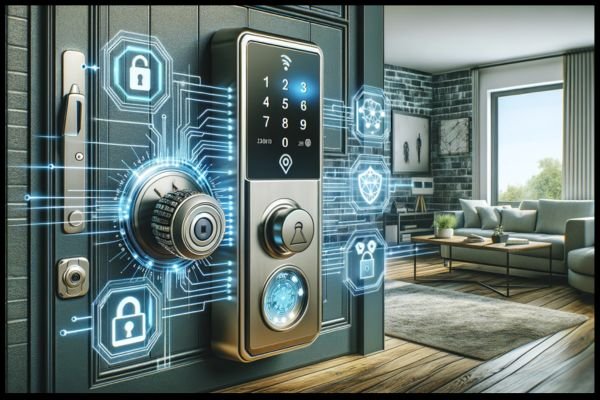
Understanding how to break this also highlights the importance of preventive measures to secure your property effectively. Here are some tips to enhance the security of your keypad door lock:
1. Regularly Change Access Codes
Changing the access code periodically reduces the risk of unauthorized access. Avoid using easily guessable codes and opt for longer, random sequences.
2. Enable Two-Factor Authentication
For smart locks, enable two-factor authentication (2FA) to add an extra layer of security. This can involve using a secondary device or biometric verification.
3. Install Security Cameras
Security cameras can deter potential intruders and provide valuable evidence in case of a break-in attempt. Position cameras to cover all entry points.
4. Update Firmware Regularly
Keep the firmware of electronic and smart locks up to date. Manufacturers often release updates to patch security vulnerabilities.
5. Use Physical Reinforcements
Reinforce the physical structure around the lock, such as the door frame and hinges, to make forced entry more difficult. Consider installing additional security devices like deadbolts or door chains.
Conclusion
Breaking into a keypad door lock requires a combination of knowledge, skill, and the right tools. While it is essential to understand these techniques for educational purposes and in emergencies, always prioritize ethical and legal considerations. Implementing robust security measures and staying informed about the latest advancements in lock technology will help protect your property from unauthorized access. If you find yourself locked out or facing a malfunctioning lock, consulting a professional locksmith is the safest and most effective solution.

